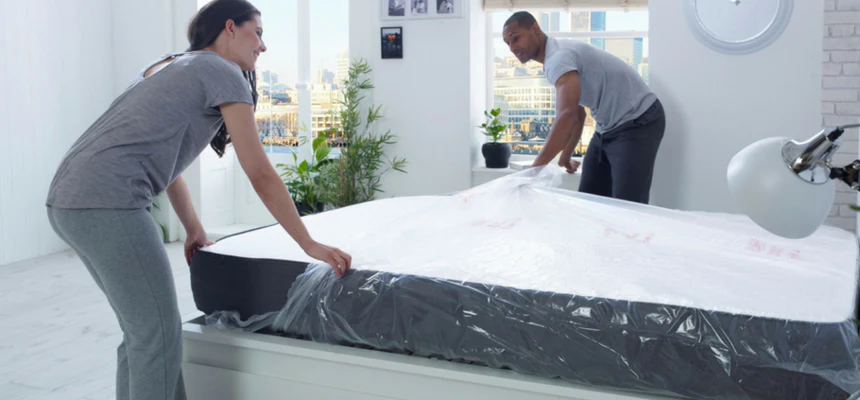
Back pain affects people of all ages. Many find it hard to rest at night because of it. Bad sleep often leads to more pain. You wake up tired, stiff, and irritable. The cause could be right under you—your mattress. A mattress that does not give the right support may be to blame for your aches.
The human spine does not like to be out of place for long hours. You may not notice it during the day. At night, the wrong mattress keeps your back bent in odd ways. As the hours pass, your muscles work overtime to hold your body up. This leads to pain that lingers when you rise.
Why Mattresses Wear Out
Mattresses do not last forever. Springs weaken and foam flattens over time. Body weight makes shapes in the surface. Once these dips form, it cannot hold your spine straight. Some people wait too long to replace their mattress. They get used to the growing discomfort. It creeps up slowly but soon becomes hard to ignore.
Signs of an old mattress include sagging, lumps, or noisy springs. If you wake up more tired than you went to bed, the mattress may be past its best. Soreness in your lower back or neck is another sign. If you often toss and turn to find a comfortable spot, it might be time to make a change.
How the Right Mattress Can Help
A new mattress can give proper support. It will let your spine rest in its natural line. Your body weight spreads out, so you do not sink in too much. Pressure points—hips, shoulders and lower back—are cushioned, not pressed. This helps muscles relax. A good night’s sleep is more likely.
Each person’s body is different. Still, a medium-firm mattress often works best for those with back pain. It should not be too soft or too hard. Too soft, and you sink; too hard, and you feel sore by morning. The right firmness can help reduce pain and stiffness.
Choosing the Best Mattress
Buying a mattress is not easy. There are many types and styles. Memory foam, latex, pocket spring, and hybrids fill the shops. Each has its good points and bad. Memory foam moulds to the body and reduces movement felt from a partner. Latex is bouncy and keeps cool. Pocket springs provide support and let air move. Hybrids mix these features.
Try before you buy, if you can. Lie down for at least ten minutes. Roll on your side and back. Notice if your spine feels straight. Ask about returns or trial periods. Some sellers let you send it back if it does not suit.
Do not think that high price always means better sleep. Many mid-range mattresses do the job well. Set a budget and look for honest reviews. Take note of warranty length. A good one should last seven to ten years.
When to Replace Your Mattress
Most mattresses need changing every seven to ten years. If you sweat more at night, wake up with aches, or sleep better away from home, it is time to consider a new one. Smells, stains, and broken springs are clear signs.
Do not forget your pillow. Support for the head and neck is just as important. Old pillows bend the neck out of line. Replace them every one or two years for best results.
Extra Tips for Better Sleep and Less Pain
Sleep on your side with a pillow between your knees to take stress off your lower back. If you sleep on your back, slide a pillow under your knees. Stretch gently when you wake up. Stay active during the day. Strong muscles protect the spine.
Changing your mattress is not a cure for all back pain. If symptoms persist, speak with a health specialist. Still, many people notice less pain and better sleep after making this simple swap.
Conclusion
Nightly pain can rob you of rest and joy. It may surprise you that swapping your mattress is worth a try. A mattress that supports the spine can make a real difference. Watch for signs that yours is worn out. Take your time choosing a new one. A small change at home could help you wake up refreshed and ready for the day.
